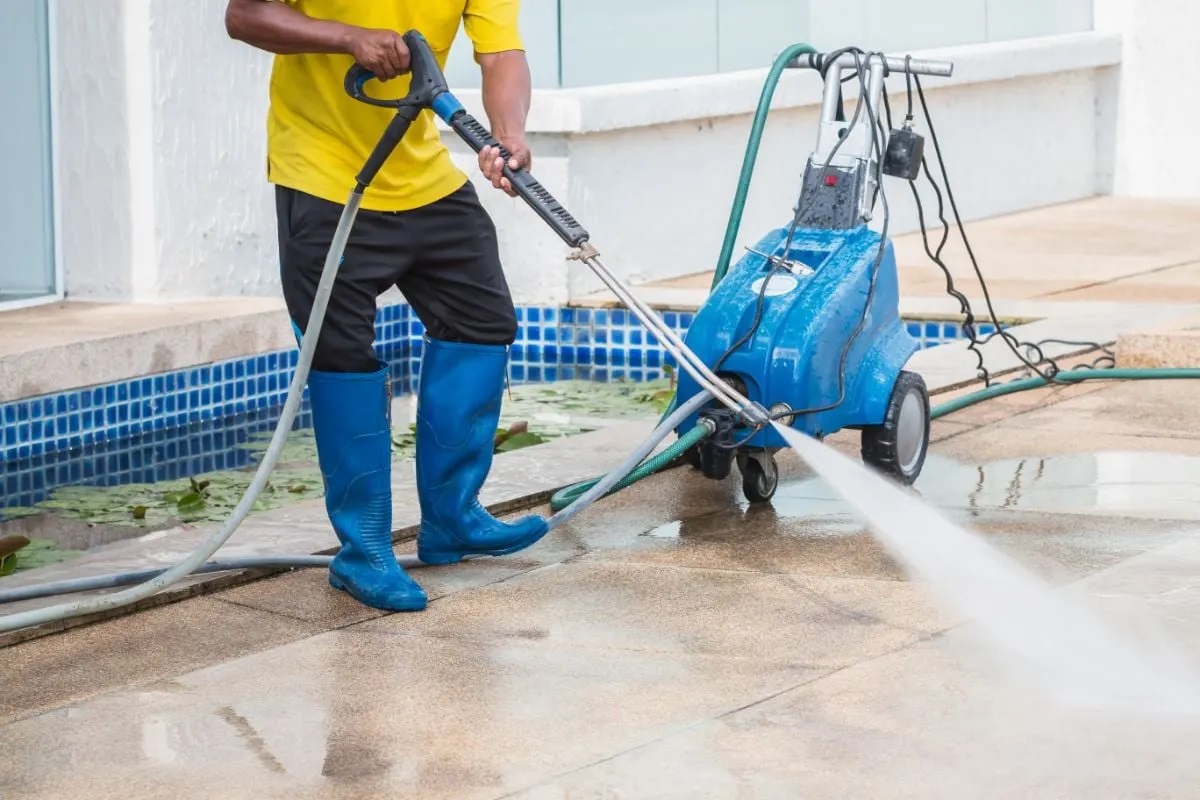

Articles
How Does A Power Washer Work
Modified: August 20, 2024
Discover how power washers operate and get expert insight in this informative article. Learn about the different components and mechanisms that make power washing possible.
(Many of the links in this article redirect to a specific reviewed product. Your purchase of these products through affiliate links helps to generate commission for Storables.com, at no extra cost. Learn more)
Introduction
A power washer, also known as a pressure washer, is a versatile tool that utilizes high-pressure water to clean a variety of surfaces. Whether you need to remove stubborn dirt and grime from your patio, revitalize the siding of your home, or even clean your car, a power washer can make the job easier and more efficient.
In this article, we will explore the inner workings of a power washer and how it operates to deliver such impressive cleaning results. From the components that make up the machine to the source of power and the cleaning process itself, we will delve into each aspect to give you a comprehensive understanding of how a power washer works.
So, let’s put on our safety goggles and dive into the world of power washers to uncover their secrets and discover the powerful force behind their cleaning prowess.
Key Takeaways:
- Power washers utilize high-pressure water to clean surfaces, with components like the water pump, high-pressure hose, and spray gun working together seamlessly to deliver impressive cleaning results.
- Understanding the source of power, water supply, pressure generation, and safety precautions is crucial for effective and safe operation of power washers, ensuring optimal cleaning and maintenance for long-term performance.
Read more: How Does A Portable Washer Work
Components of a Power Washer
A power washer consists of several essential components that work together to deliver a powerful stream of water for cleaning purposes. Understanding these components will give you a better appreciation for how the machine operates. Let’s take a closer look at each one:
Water Pump
The water pump is the heart of the power washer. It is responsible for pressurizing the water and generating the high-pressure stream that cleans the surfaces. The pump draws water from the water source and pushes it through the system at a high velocity.
High-Pressure Hose
The high-pressure hose is a durable and flexible tube that carries pressurized water from the pump to the spray gun. It is designed to withstand the high water pressure and deliver a continuous flow of water to the desired area.
Spray Gun
The spray gun is the handheld device that allows you to control the flow and direction of the water. It typically has a trigger that, when pressed, activates the flow of pressurized water. The spray gun is connected to the high-pressure hose and is the conduit through which the water is discharged.
Read more: How Does Washer Dryer Combo Work
Nozzles
Nozzles are attachments that can be added to the end of the spray gun to change the pattern and intensity of the water spray. Different nozzles produce different spray patterns, such as a narrow stream for concentrated cleaning or a wider fan spray for broader coverage. They are interchangeable and can be selected based on the specific cleaning task at hand.
These components work together seamlessly to provide the necessary pressure and control for effective cleaning. The water pump pressurizes the water, which is then delivered through the high-pressure hose to the spray gun. From there, the nozzles determine the spray pattern and intensity, allowing you to customize the cleaning process to suit your needs.
Now that we’ve established the key components of a power washer, let’s dive deeper into how these machines are powered.
Source of Power
A power washer requires a source of power to operate the water pump and deliver the high-pressure water stream. There are two common sources of power used in power washers: gasoline-powered engines and electric motors. Let’s explore each of these options:
Gasoline-powered Engine
Gasoline-powered power washers are popular for their mobility and versatility. These machines are equipped with an internal combustion engine that runs on gasoline, providing the necessary mechanical power to drive the water pump. The engine’s powerful performance allows for high-pressure output, making it suitable for tackling more demanding cleaning tasks.
Gasoline-powered power washers are often favored for outdoor use, as they do not require a direct connection to an electrical outlet. This makes them ideal for cleaning large areas, such as driveways, decks, and fences, where access to electricity may be limited.
Electric Motor
Electric power washers are powered by an electric motor, making them a popular choice for residential and light-duty cleaning applications. These machines are typically designed for smaller areas and offer a more compact and portable solution. Electric power washers are plugged into a standard electrical outlet, providing a continuous source of power for the motor to operate.
Electric power washers are known for their quieter operation, ease of use, and low maintenance requirements. They are often preferred for indoor cleaning tasks or areas in close proximity to power sources. While electric power washers may not deliver the same level of high pressure as gasoline-powered models, they are still effective for tasks such as cleaning vehicles, patio furniture, and windows.
Both gasoline-powered and electric power washers have their own advantages and are suitable for different cleaning needs. Consider the size of the area you plan to clean, the level of portability required, and the intensity of the cleaning task when choosing the right power source for your power washer.
Now that we’ve explored the source of power, let’s move on to discuss the water supply needed to operate a power washer effectively.
Water Supply
A reliable water supply is crucial for the proper functioning of a power washer. Without adequate water flow and pressure, the machine will not be able to deliver the desired cleaning results. Here are two key aspects related to the water supply of a power washer:
Connection to a Water Source
To operate a power washer, you need to connect it to a water source, such as a garden hose. The water source should have a sufficient flow rate to provide a steady supply of water to the machine. The garden hose is typically connected to the power washer’s water inlet, where it is securely attached to ensure a leak-proof connection.
It’s important to note that the length and diameter of the garden hose may impact the water flow and pressure. Using a hose that is too long or too narrow can result in decreased water pressure, affecting the cleaning performance. Therefore, it’s advisable to use a hose with the recommended specifications as provided by the manufacturer of your power washer.
Water Inlet Filter
A water inlet filter is a vital component that is often built into the power washer’s water inlet system. It is designed to filter out any debris or impurities present in the water, preventing them from entering and potentially damaging the power washer’s internal components.
The water inlet filter is typically made of a fine mesh or screen that traps particles such as dirt, sand, and small debris. It is important to regularly clean the filter or replace it if necessary to ensure optimal water flow and prevent clogging. This will help prolong the lifespan of your power washer and maintain its performance over time.
By ensuring a proper connection to a water source and utilizing a water inlet filter, you can optimize water flow and quality, enhancing the overall effectiveness of your power washer. Now that we’ve covered the water supply aspect, let’s move on to understanding how a power washer generates high pressure for cleaning.
Pressure Generation
The ability of a power washer to generate high pressure is what makes it so effective at cleaning various surfaces. The following factors contribute to the pressure generation in a power washer:
Read more: How Does A Surge Protector Work
Action of the Water Pump
The water pump plays a crucial role in generating the high pressure required for cleaning. As water flows into the pump, it is pressurized through a series of pistons or impellers. The pump applies force to the water, increasing its pressure and pushing it through the system.
The design and efficiency of the water pump determine the level of pressure that can be achieved. Power washers may have axial pumps, which are more commonly found in consumer-grade models, or triplex pumps, typically used in professional-grade and heavy-duty power washers. Triplex pumps are known for their higher pressure output and longer lifespan.
Motor or Engine Power
The power source, whether it’s a motor or a gasoline-powered engine, provides the mechanical energy needed to drive the water pump. The power output of the motor or engine directly impacts the pressure generated by the pump. Higher horsepower or wattage generally translates to higher pressure performance.
In the case of electric power washers, the electric motor powers the water pump, converting electrical energy into mechanical energy. Gasoline-powered power washers utilize the combustion of fuel in the engine to generate the necessary power to drive the pump.
Pressure Regulation
Power washers often feature pressure regulation mechanisms that allow users to adjust the pressure output according to the specific cleaning task. This is usually done through a pressure control valve or an adjustable nozzle. By regulating the pressure, you can customize the cleaning intensity and avoid causing damage to more delicate surfaces.
It’s important to note that different surfaces and cleaning requirements may call for different pressure levels. For example, cleaning a concrete driveway may require higher pressure, while washing a car may require lower pressure to prevent paint damage. Understanding the pressure settings of your power washer and selecting the appropriate pressure level is crucial for achieving optimal cleaning results.
Now that we’ve explored how pressure is generated in a power washer, let’s dive into the cleaning process itself and how the power washer effectively removes dirt and grime.
Cleaning Process
The cleaning process of a power washer involves a systematic sequence of actions that effectively remove dirt and grime from various surfaces. Let’s explore the key steps involved in the cleaning process:
Read more: What Does Power Wash Mean On A Maytag Washer
Triggering the Spray Gun
The cleaning process begins when you pull the trigger on the spray gun. This action activates the flow of pressurized water from the power washer. The spray gun’s ergonomic design enables you to comfortably hold and control the direction of the water spray, allowing for precise targeting of the cleaning area.
Water Flow and Pressure
As you pull the trigger, pressurized water flows through the high-pressure hose from the water pump to the spray gun. The water’s high pressure ensures a forceful and effective cleaning action. The combination of water flow and pressure works to dislodge and remove dirt, stains, and grime from the surface being cleaned.
The pressure generated by the power washer effectively agitates and lifts dirt particles, breaking their bond with the surface. The continuous flow of water carries away the loosened debris, leaving the surface clean and revitalized.
Removal of Dirt and Grime
The powerful stream of pressurized water emitted from the nozzle of the spray gun is highly effective at removing various types of dirt and grime. It can tackle stubborn stains, mold, mildew, algae, and even peeling paint from surfaces such as decks, driveways, siding, and fences.
By adjusting the nozzle’s spray pattern, you can control the cleaning intensity. A narrow spray pattern provides concentrated power for maximum impact, ideal for deeply ingrained dirt. A wider spray pattern covers a larger area, perfect for rinsing surfaces or applying cleaning solutions evenly.
The forceful water stream works its magic, efficiently blasting away the dirt and grime, leaving behind surfaces that appear refreshed and rejuvenated.
It is important to note that while power washers are highly effective, certain precautions should be taken when cleaning delicate surfaces or using higher pressure settings. It’s recommended to test a small, inconspicuous area first and adjust the pressure accordingly to avoid any potential damage.
Now that we understand the cleaning process, let’s move on to discussing the safety precautions that should be observed when using a power washer.
Safety Precautions
While power washers are incredibly useful tools for cleaning, it is important to prioritize safety to avoid any potential hazards. By following proper safety precautions, you can ensure a safe and accident-free cleaning experience. Here are some essential safety measures to consider:
Protective Gear
Wearing appropriate protective gear is crucial when operating a power washer. The high-pressure water stream can cause injury if it comes into contact with your skin or eyes. It is recommended to wear safety goggles or a face shield to protect your eyes from debris or water splashes. Additionally, wearing gloves, long-sleeved clothing, and closed-toe shoes will offer protection from potential injuries and chemical exposure during the cleaning process.
Proper Handling of the Machine
Familiarize yourself with the user manual provided by the manufacturer to understand the specific requirements and guidelines for operating your power washer. Ensure that the machine is placed on a stable surface and that all connections are secure before starting. Never leave the power washer unattended while it is running, and avoid using it on a ladder or elevated surfaces to prevent falling hazards.
When moving the power washer, be mindful of the high-pressure hose and electrical cords to prevent tripping or entanglement. It is also important to maintain good posture and avoid overreaching during operation to avoid muscle strain or other physical injuries.
Avoiding Injury and Damage
Keep a safe distance from the area being cleaned to prevent accidental injury. The high-pressure water stream can cause harm if directed towards people, pets, or fragile objects. Be aware of your surroundings and ensure that there are no bystanders nearby while operating the power washer.
Take care when using higher pressure settings, as they can potentially cause damage to certain surfaces, such as wood, plastic, or painted surfaces. Test the pressure and spray pattern on a small inconspicuous area before proceeding with full-scale cleaning. Additionally, avoid aiming the spray directly at electrical outlets, light fixtures, or other sensitive areas to prevent electrical shock or damage.
By following these safety precautions, you can minimize the risk of accidents, injuries, and damage while using a power washer. It is always better to prioritize safety and take the necessary precautions to ensure a safe and enjoyable cleaning experience.
With safety in mind, let’s move on to discussing the maintenance and care required to keep your power washer in top shape and prolong its lifespan.
Maintenance and Care
Proper maintenance and care are essential for keeping your power washer in optimal condition and prolonging its lifespan. By following a few simple steps, you can ensure that your machine continues to perform efficiently. Here are some important maintenance tasks to consider:
Read more: What Is The Best Power Washer
Regular Cleaning and Maintenance
After each use, it is important to clean your power washer to remove any dirt, debris, or chemical residues that may have accumulated during the cleaning process. Start by disconnecting the power washer from the water source and turning off the unit. Remove any attachments or nozzles and flush out the system with clean water to ensure that there are no clogs or blockages. Pay attention to cleaning the pump, high-pressure hose, and spray gun thoroughly. Once clean, allow the power washer to dry completely before storage.
Regular maintenance tasks include checking the oil levels and changing the oil, if applicable, according to the manufacturer’s instructions. Inspect the hose and any seals or connections for signs of wear or damage. Replace any worn-out or damaged parts to maintain the optimal performance of your power washer.
Winterizing the Power Washer
If you live in an area with cold winters, it is crucial to properly winterize your power washer to prevent damage caused by freezing temperatures. Start by ensuring that the power washer is thoroughly cleaned and dried. Remove any residual water from the system by running a mixture of antifreeze and water through the pump and hoses. This will protect the internal components from freezing and potential damage during storage.
Store your power washer in a dry and protected area, away from extreme temperatures and direct sunlight. Use a cover to shield the machine from dust, dirt, and potential damage. Additionally, remove the spark plug and put a small amount of oil into the cylinder to prevent rust and corrosion.
Storage
When not in use, proper storage of your power washer is important to maintain its condition. Ensure that all accessories and attachments are properly stored and organized. Store the power washer in an upright position to prevent fuel or oil leakage. Keep it in a secure location, out of reach of children or unauthorized users. It is also recommended to periodically inspect the power washer during storage to identify and address any issues that may have arisen.
By following a regular maintenance routine and taking the necessary precautions during storage, you can extend the life of your power washer and ensure its reliable performance for years to come.
Now that we’ve covered the maintenance and care aspect, let’s conclude our journey into the world of power washers.
Conclusion
Power washers are incredible tools that harness the power of high-pressure water to clean a wide range of surfaces effectively. Understanding how these machines work and how to operate them safely can help you achieve excellent cleaning results while maintaining the longevity of your power washer.
We explored the various components that make up a power washer, including the water pump, high-pressure hose, spray gun, and nozzles. These components work harmoniously to deliver a powerful stream of water for cleaning purposes.
We also discussed the two common sources of power for power washers: gasoline-powered engines and electric motors. The choice of power source depends on your specific needs and cleaning tasks.
Furthermore, we examined the importance of a reliable water supply and the significance of using a water inlet filter to ensure optimal water flow and prevent damage to the power washer’s components.
The pressure generation process, achieved through the action of the water pump and the power of the motor or engine, was also elucidated. Pressure regulation allows for customization of the cleaning intensity for different surfaces and tasks.
In the cleaning process, we learned that triggering the spray gun initiates the flow of pressurized water, while the forceful water stream works to remove dirt and grime from surfaces effectively.
While enjoying the benefits of power washers, it is vital to prioritize safety. Wearing proper protective gear, handling the machine responsibly, and avoiding injuries or damage are essential safety precautions to follow.
Maintenance and care play a crucial role in extending the lifespan of your power washer. Regular cleaning and maintenance, winterizing the machine, and proper storage not only ensure its longevity but also optimize its performance.
In conclusion, power washers are invaluable tools for cleaning a variety of surfaces. By understanding their components, source of power, water supply, pressure generation, cleaning process, safety precautions, and maintenance requirements, you can wield the power of a power washer effectively and enjoy the benefits of a cleaner and brighter environment.
So, put your power washer to good use, follow the guidelines outlined in this article, and let the power of high-pressure water transform your cleaning experience!
Frequently Asked Questions about How Does A Power Washer Work
Was this page helpful?
At Storables.com, we guarantee accurate and reliable information. Our content, validated by Expert Board Contributors, is crafted following stringent Editorial Policies. We're committed to providing you with well-researched, expert-backed insights for all your informational needs.
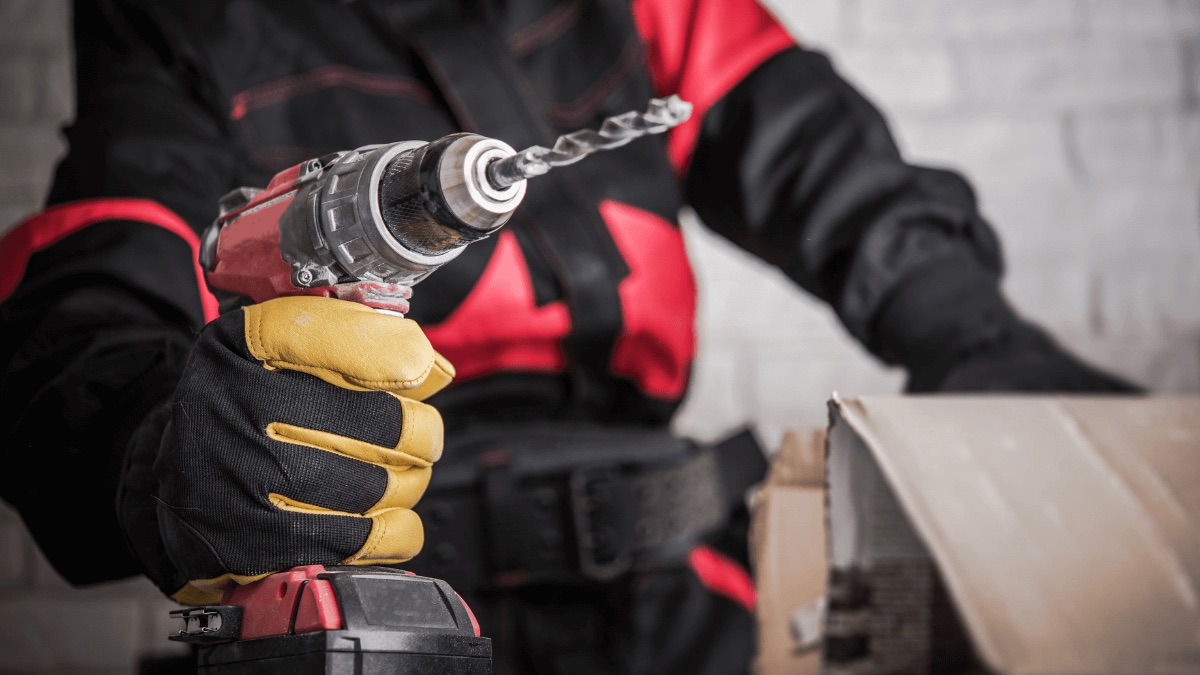
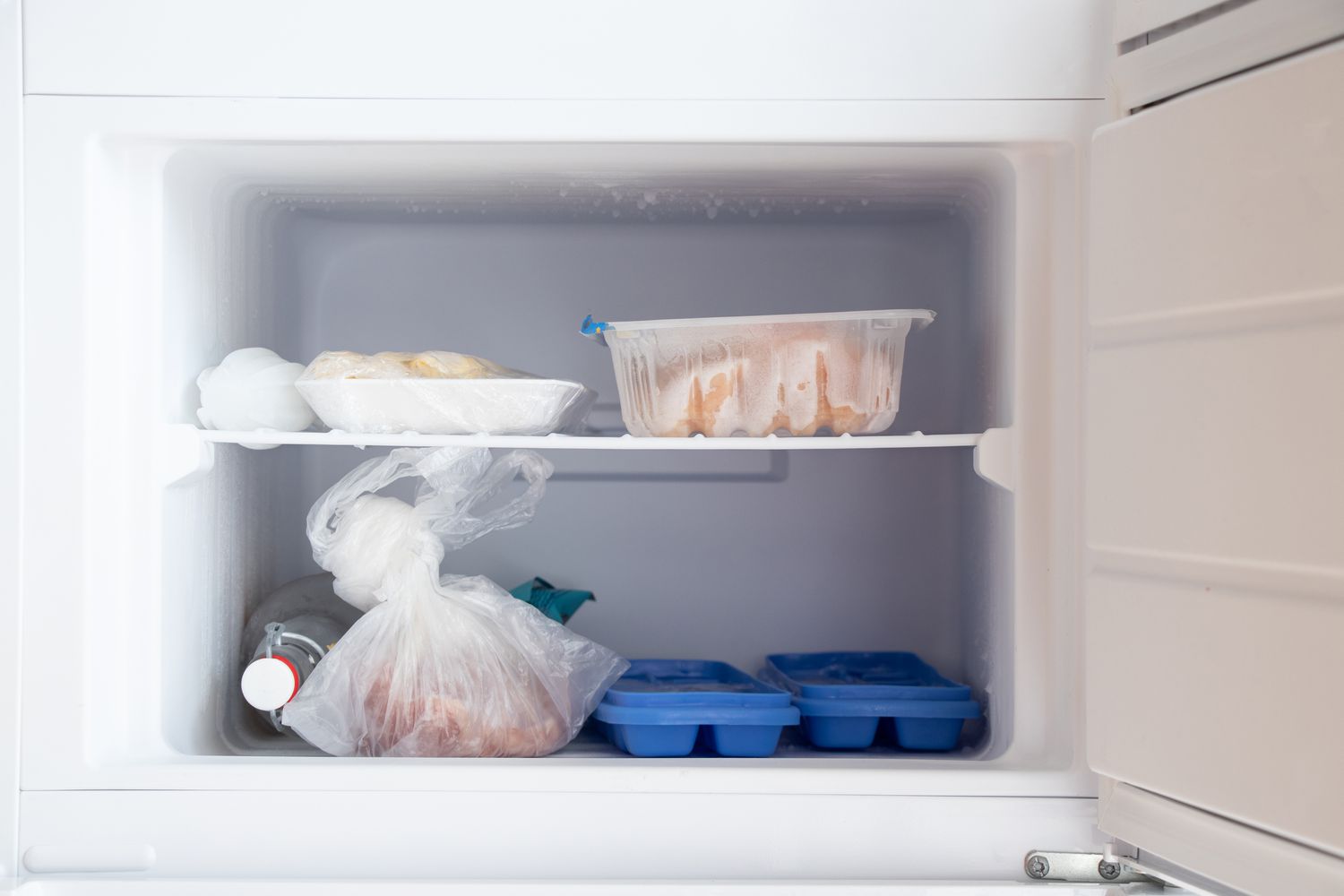


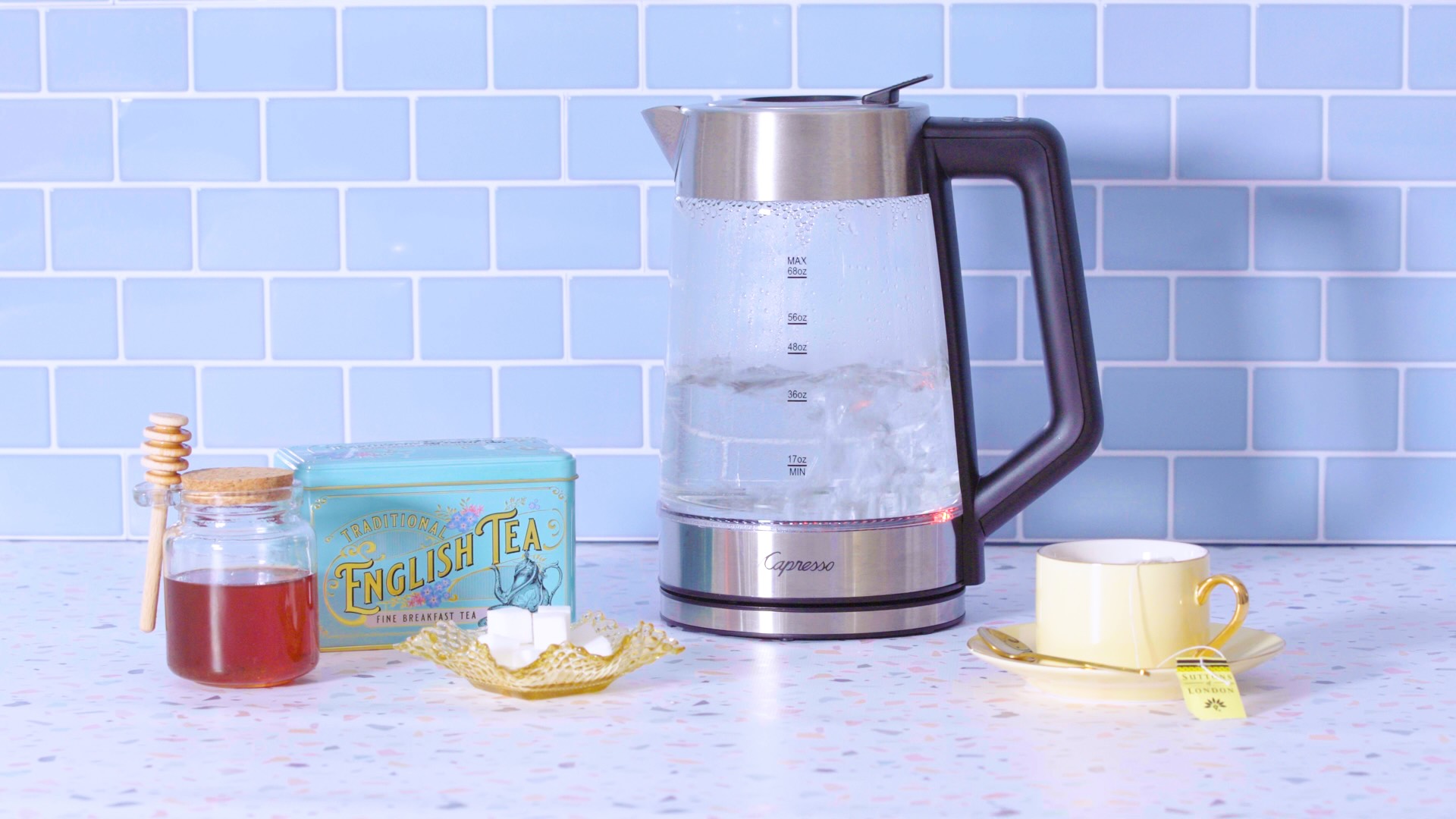
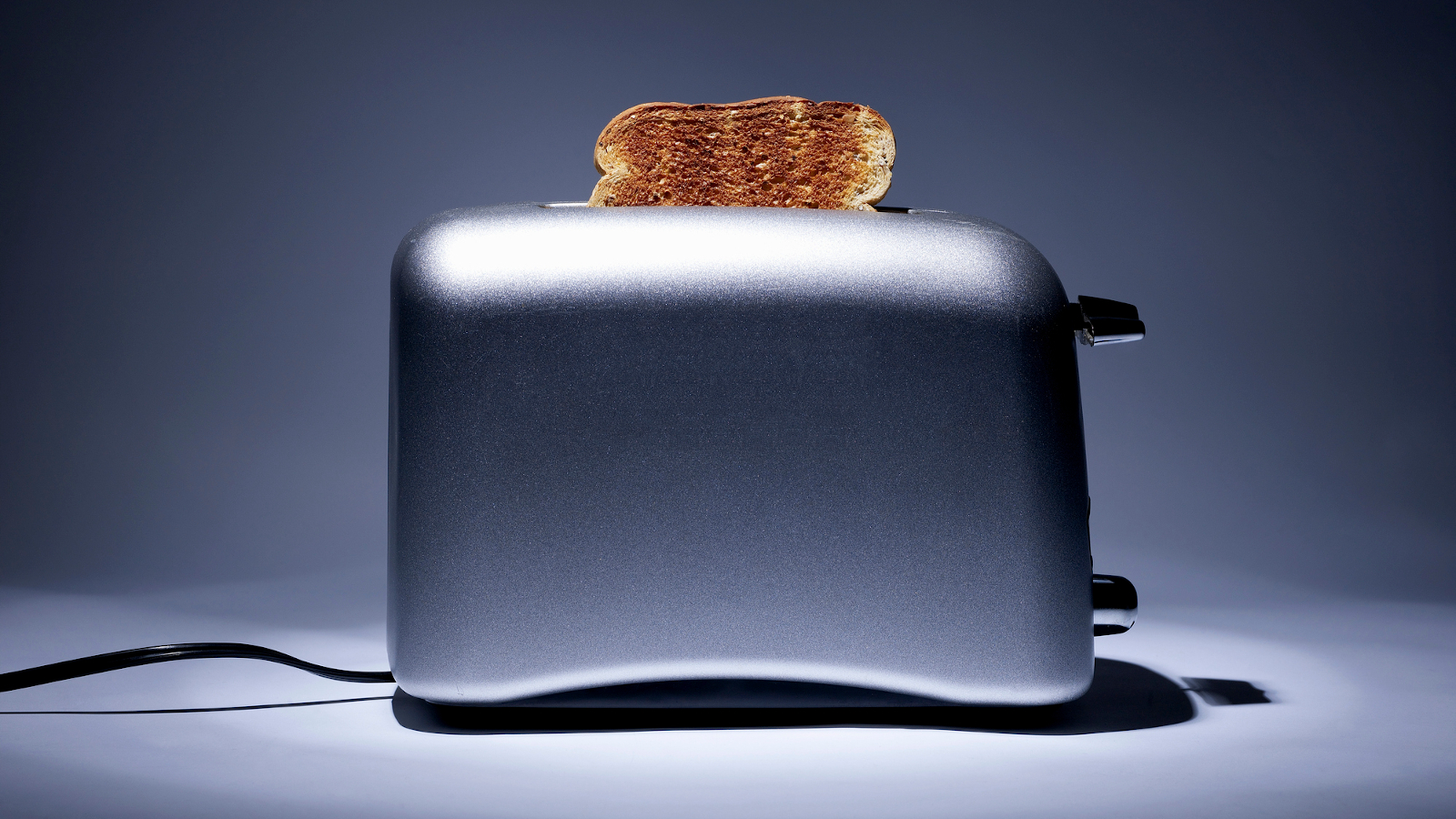
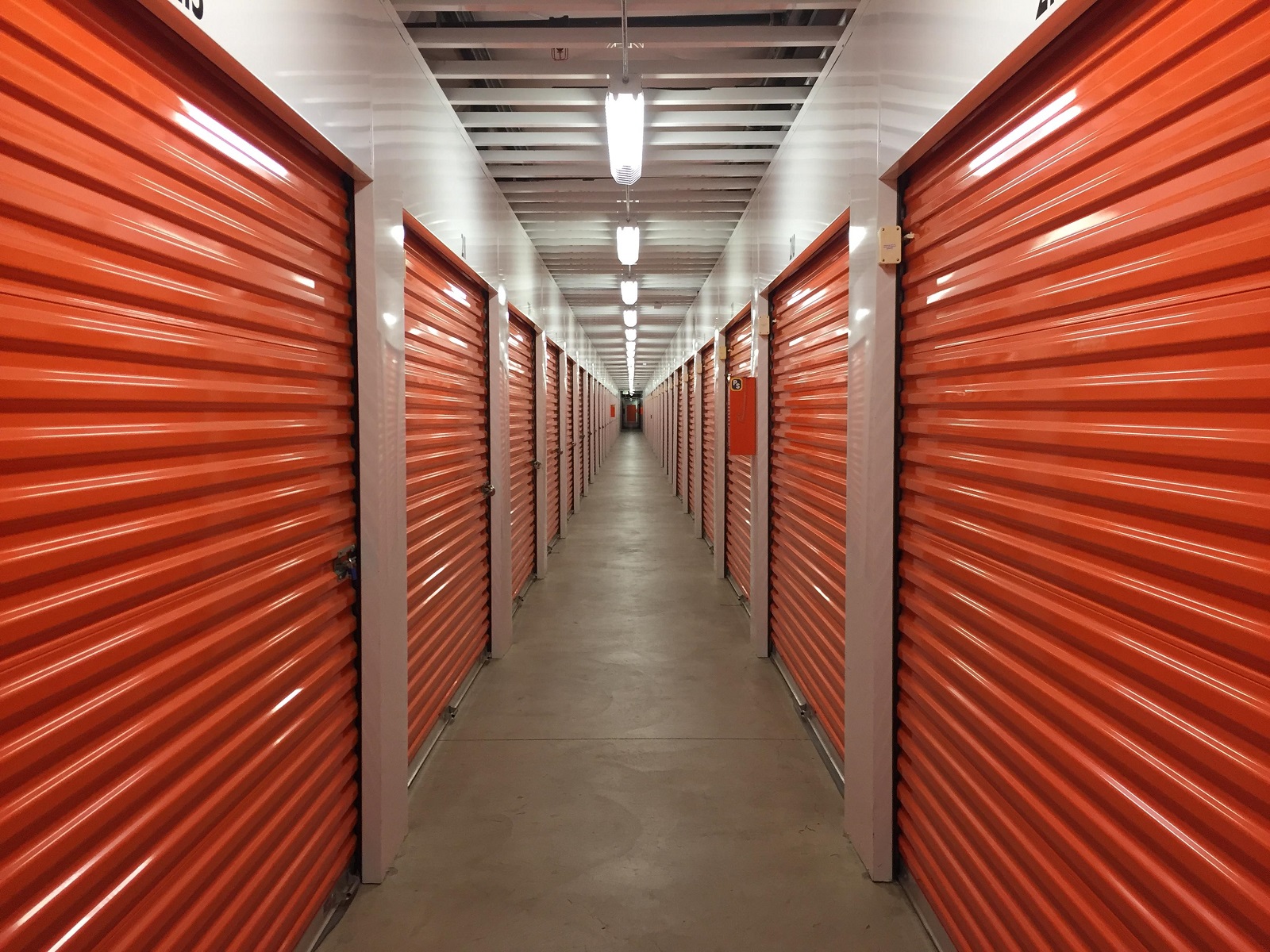

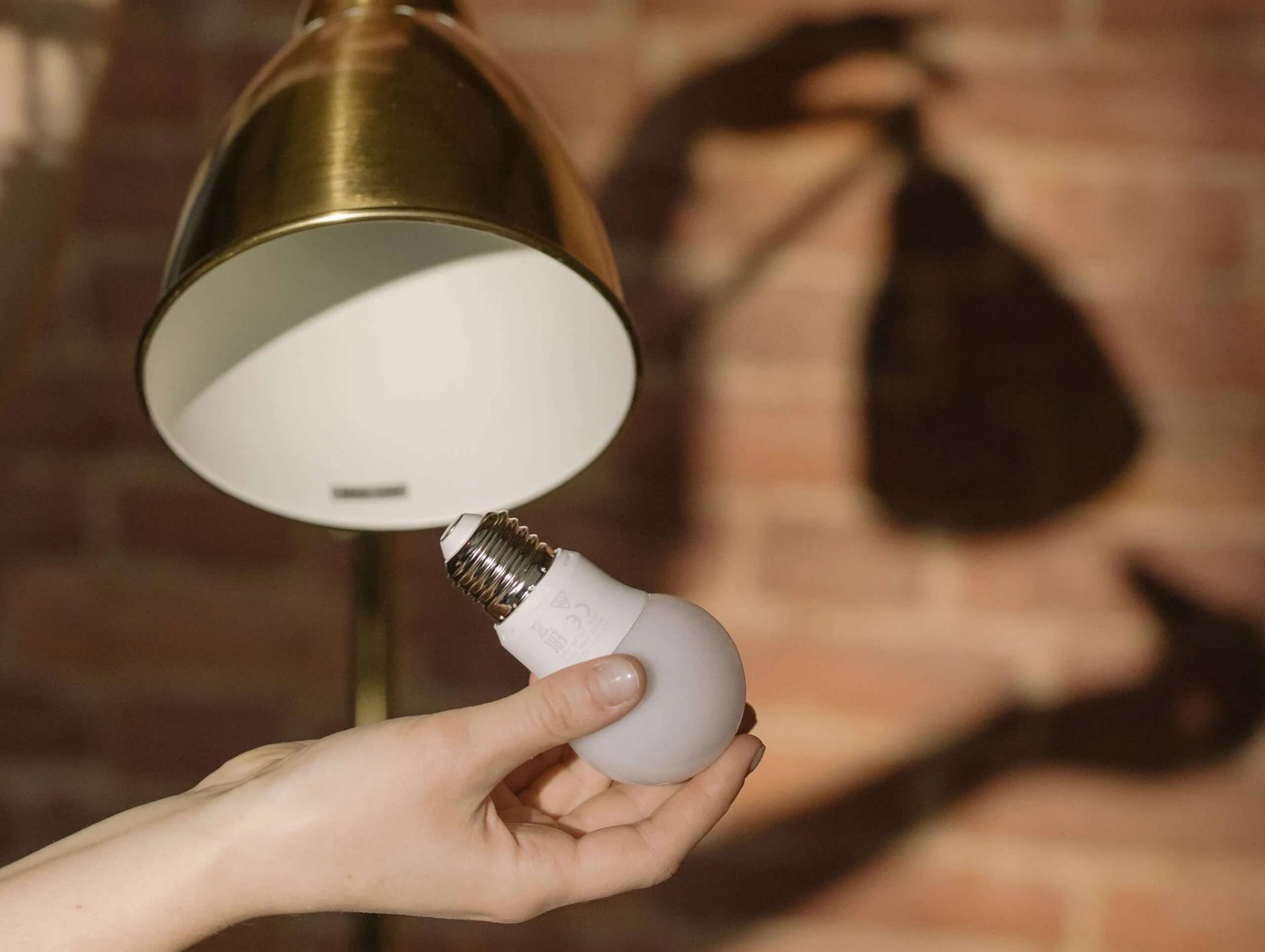

0 thoughts on “How Does A Power Washer Work”